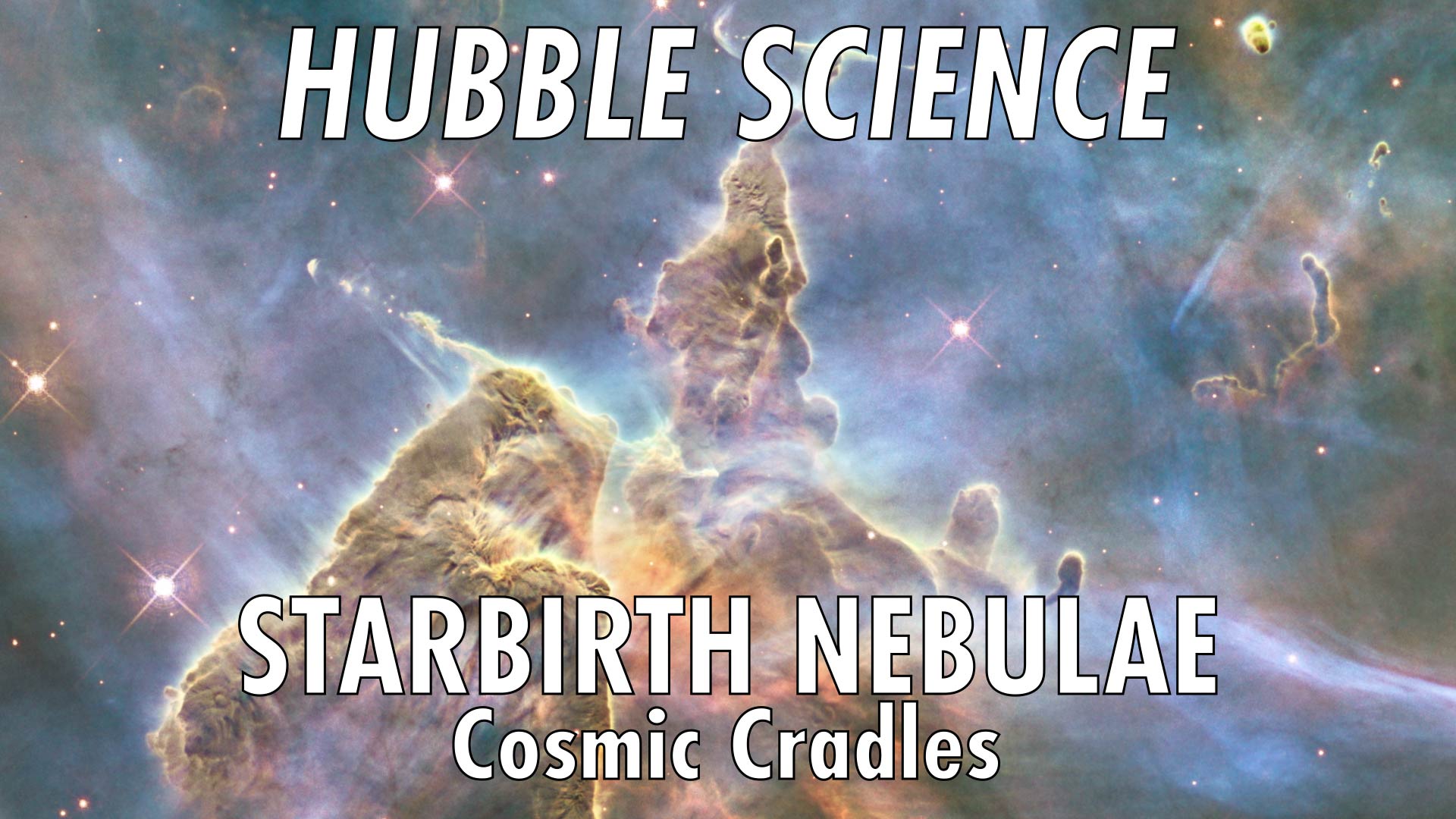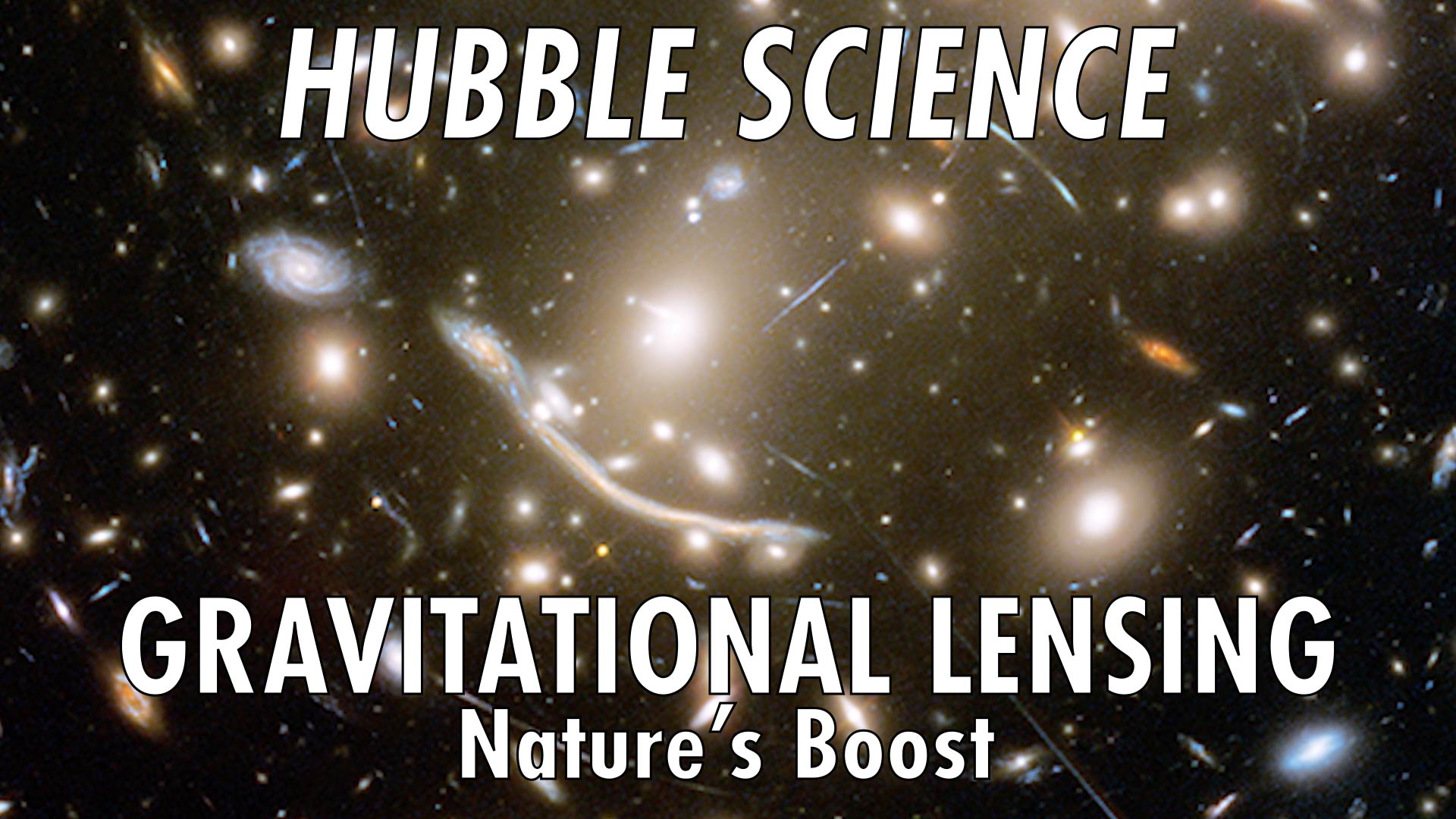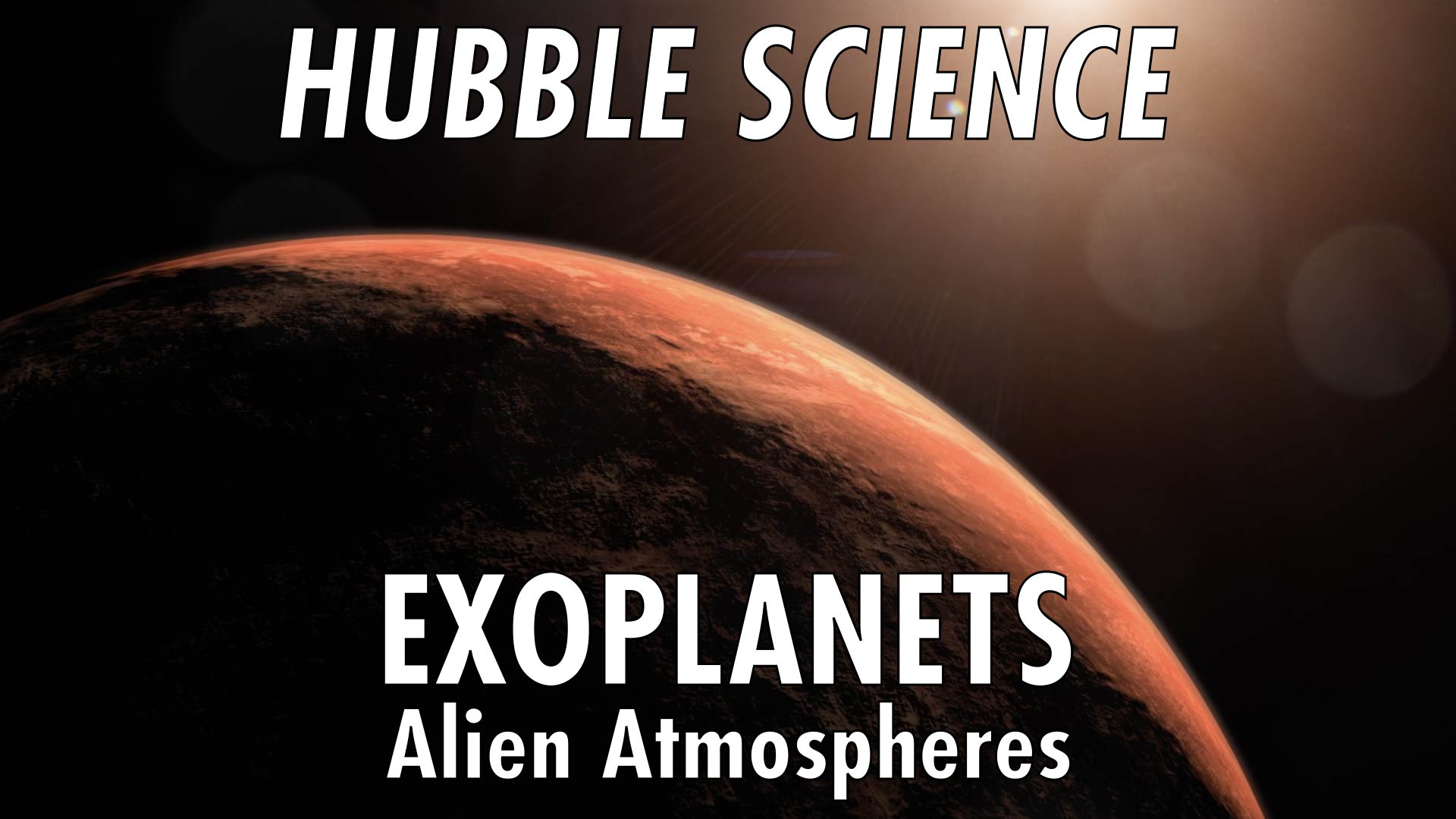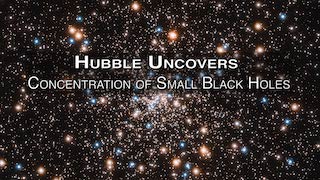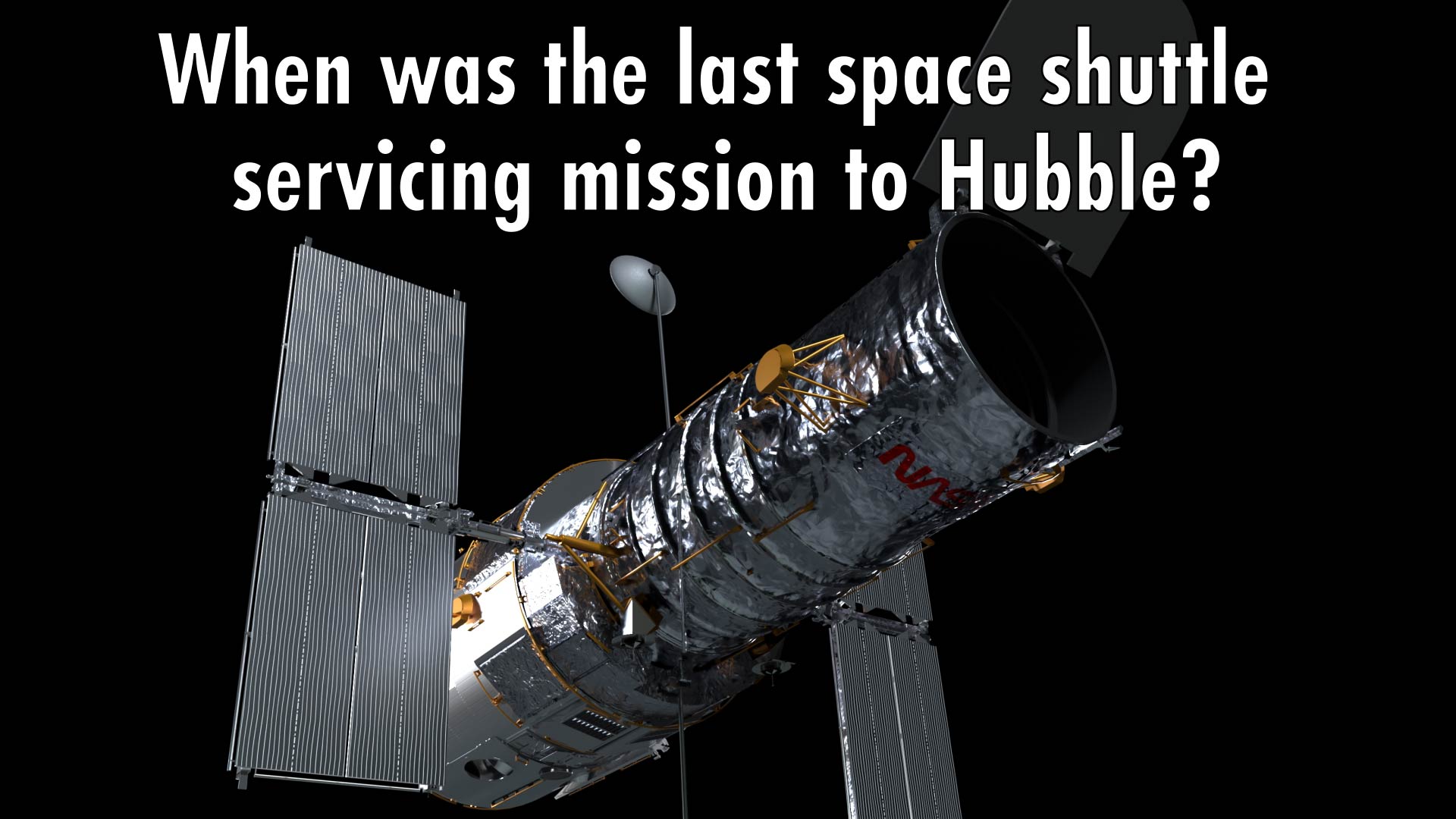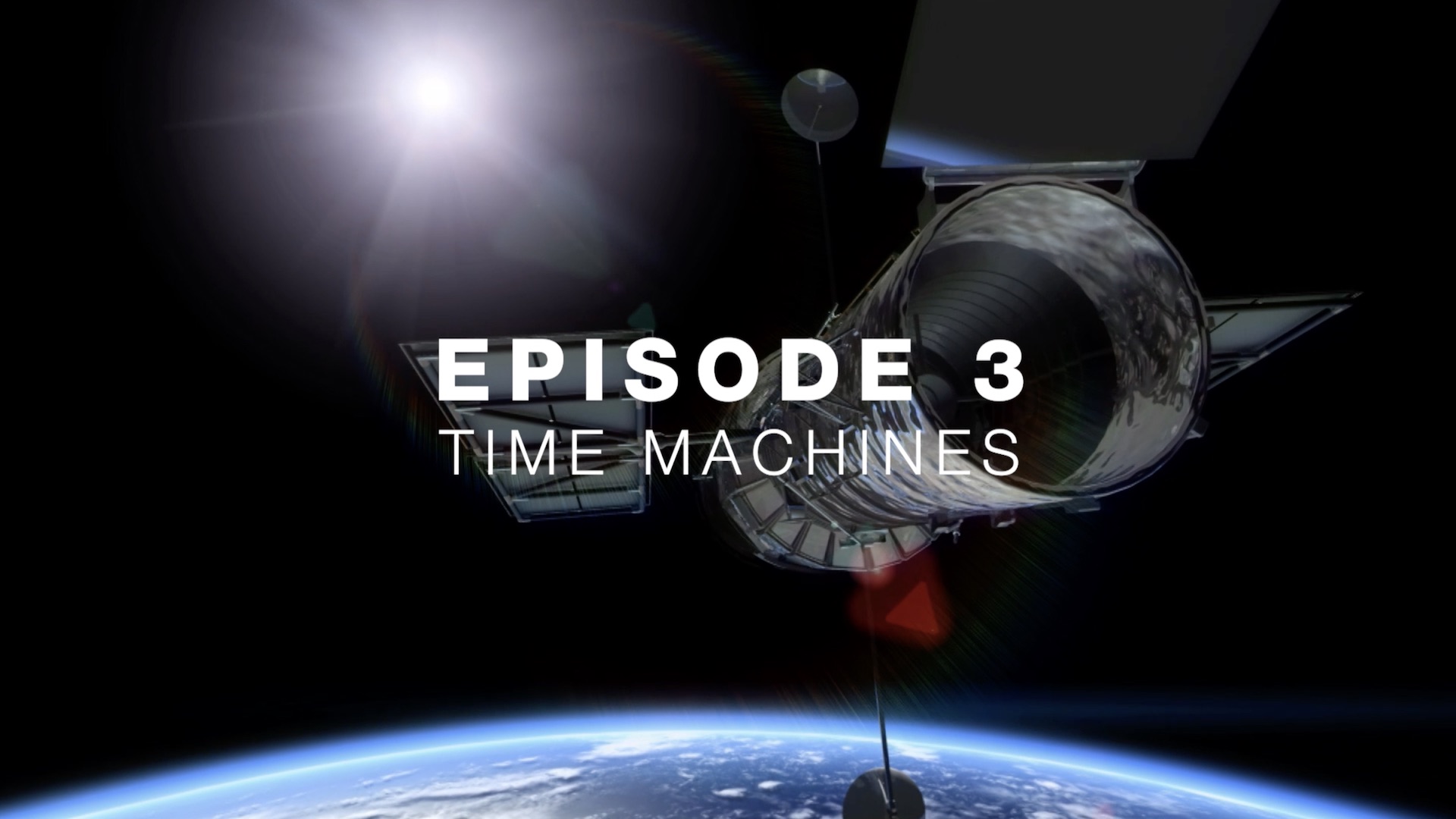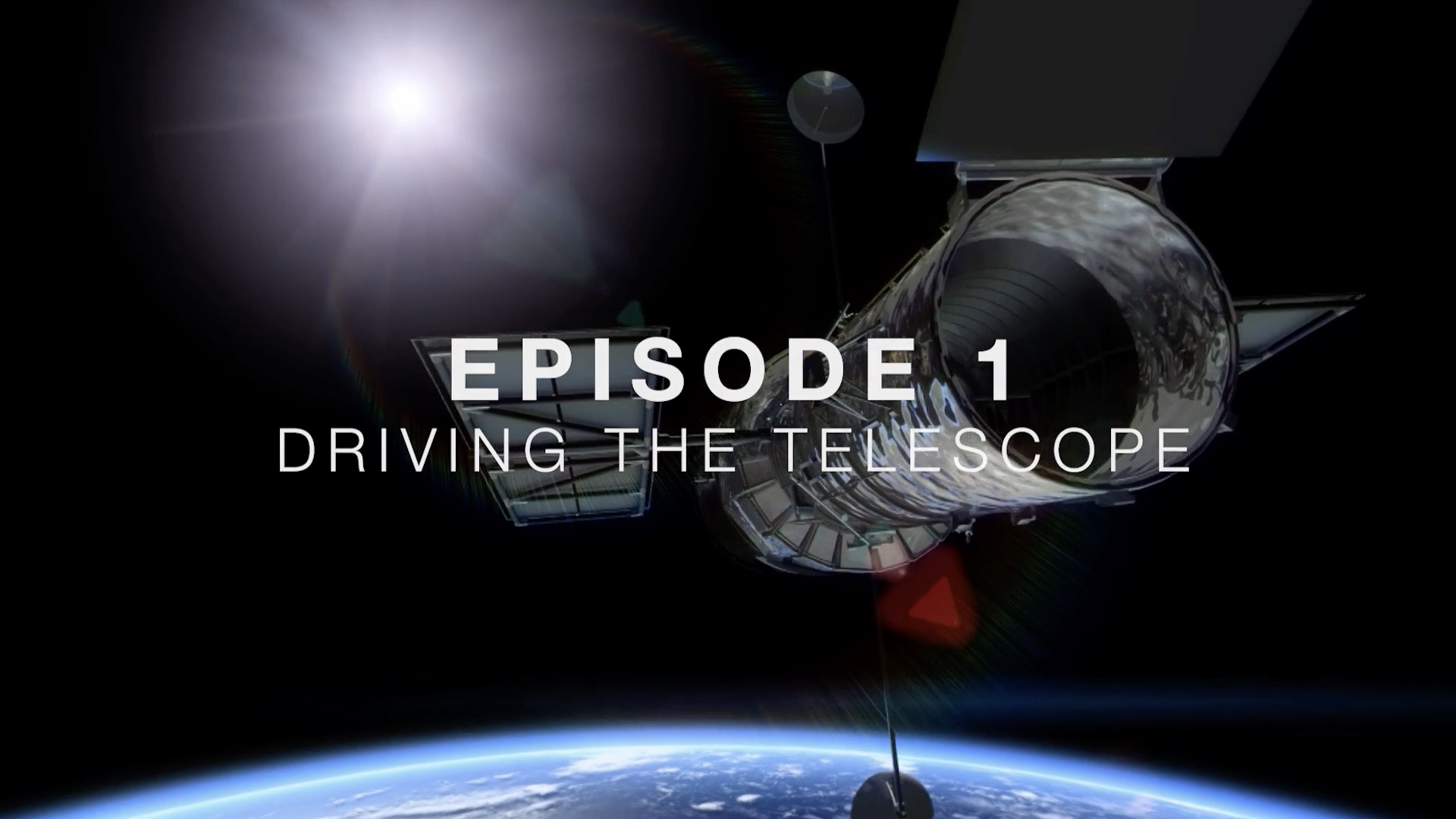Hubble Science: Black Holes, From Myth to Reality
For the past 30 years the Hubble Space Telescope has continued its important mission of uncovering the mysteries of the universe. One of those mysteries that Hubble has helped us understand are black holes.
For more information, visit https://nasa.gov/hubble.
Videos & Images:
NASA Goddard Space Flight Center
European Space Agency
Music:
“Transitions” by Ben Niblett [PRS] and Jon Cotton [PRS] via Atmosphere Music Ltd [PRS] and Universal Production Music.
Master Version
Horizontal version. This is for use on any YouTube or non-YouTube platform where you want to display the video horizontally.
Credits
Please give credit for this item to:
NASA's Goddard Space Flight Center
-
Director
- James Leigh (Origin Films)
-
Editor
- James Leigh (Origin Films)
-
Producer
- James Leigh (Origin Films)
-
Director of photography
- James Ball (Origin Films)
-
Additional photography, coloring & mix
- Matthew Duncan (Origin Films)
-
Sound recordist
- Alex Jennings (Origin Films)
-
Production & edit assistant
- Lucy Lund (Origin Films)
-
Visualizer
- Martin Kornmesser (ESA)
-
Support
- Maureen Disharoon (ASRC Federal System Solutions)
- Lynn Bassford (Lockheed Martin Space Systems Company)
- James Jeletic (NASA/GSFC)
- Jeannine Kashif (ASRC Federal System Solutions)
- Erin Kisliuk (TRAX International)
- Paul R. Morris (USRA)
-
Technical support
- Aaron E. Lepsch (ADNET Systems, Inc.)
Release date
This page was originally published on Friday, November 27, 2020.
This page was last updated on Wednesday, May 3, 2023 at 1:44 PM EDT.
